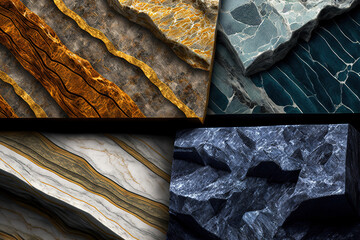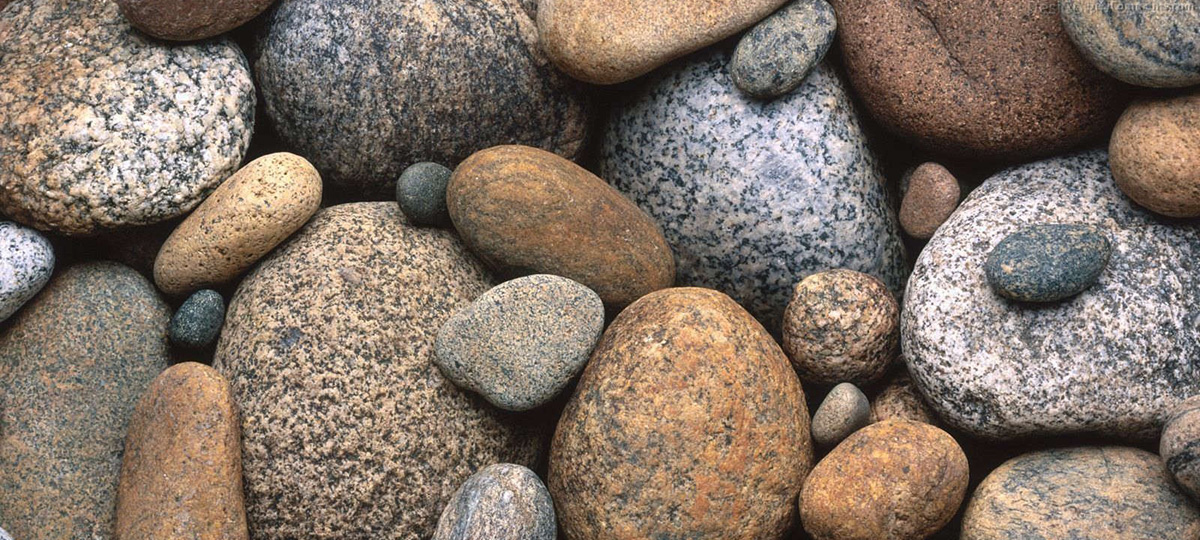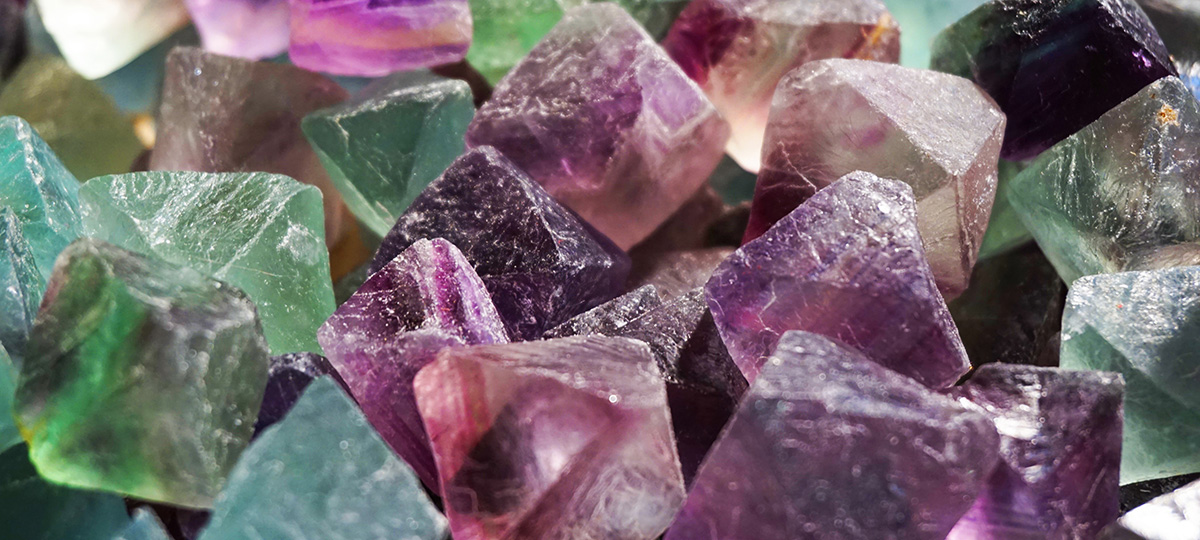Minerals, naturally occurring substances formed through geological processes, are the essential components of rocks. These substances often take thousands or even millions of years to be created, highlighting the intricate and complex nature of Earth’s geology. Formed through intricate geological processes, minerals are classified into various groups based on their chemical composition and physical properties.
These groups include silicates, carbonates, sulfates, halides, oxides, and native elements, each with unique characteristics and significance in Earth’s geological framework. The properties of minerals, such as hardness, luster, and color, are determined by their chemical composition and crystal structure, further highlighting the complexity and diversity of these naturally occurring substances.

Properties of Minerals
The properties of minerals depend on their chemical composition and crystal structure, leading to diverse characteristics in terms of hardness, density, luster, and color. For instance, some minerals like diamond and corundum are hard and dense, while others like talc and gypsum are soft and fragile. The hardness of a mineral is often measured using the Mohs scale, where diamond, the hardest natural substance, is ranked at 10, and talc, the softest, is ranked at 1.
Luster, another important property of minerals, refers to the way light interacts with the mineral’s surface. Some minerals, like pyrite and galena, exhibit a metallic luster, giving them a shiny and reflective appearance. Other minerals, such as quartz and feldspar, display a vitreous or glassy luster, while still others like calcite can exhibit multiple lusters depending on the crystal’s surface quality.

Color is another distinguishing characteristic of minerals, with some displaying bright and vibrant hues, while others exhibit dark and muted shades. However, color alone is not a reliable property for mineral identification, as it can be influenced by impurities, weathering, and other factors. Instead, the color of a mineral’s streak, which is the color of the powder left when a mineral is rubbed against an unglazed porcelain tile, is a more consistent property for identification.
Classification of Minerals
Minerals can be classified into various groups, including silicates, carbonates, sulfates, halides, oxides, sulfides, and native elements. Each group represents a distinct chemical composition and structure that contributes to the diversity and richness of Earth’s geological landscape.
Native Elements
Native Elements are composed of only one type of atom, such as gold, silver, copper, and diamond. These minerals are often found in pure form in nature and have significant economic value.
Oxides
Oxides are composed of oxygen and one or more metallic elements. They are commonly found in igneous and metamorphic rocks, and are often important sources of metals such as iron, aluminum, and titanium. Some examples of oxide minerals include magnetite and hematite.
Halides
Halides are composed of a halogen (such as chlorine or fluorine) and a metallic element such as sodium or potassium. They are often found in evaporite deposits or in association with volcanic activity. Some examples of halide minerals include halite and fluorite.
Sulfates
Sulfates are composed of sulfur, oxygen, and one or more metallic elements such as calcium or potassium. They are often found in evaporite deposits, which form when seawater or saltwater lakes evaporate. Some examples of sulfate minerals include gypsum and barite.
Sulfides
Sulfides are composed of sulfur and one or more metallic elements such as iron or copper. They are often found in hydrothermal deposits, which form when hot fluids from the Earth’s interior circulate through rocks. Some examples of sulfide minerals include pyrite and chalcopyrite.
Carbonates
Carbonates are composed of carbon, oxygen, and one or more metallic elements such as calcium or magnesium. They are commonly found in sedimentary rocks and can be identified by their reaction to acid. Some examples of carbonate minerals include calcite and dolomite.
Silicates
Silicates are the most abundant in the Earth’s crust, making up approximately 90% of all minerals. They are composed of silicon and oxygen, and can be further classified into several subgroups based on their crystal structure. Some examples of silicate minerals include quartz, feldspar, mica, and clay minerals. Silicates are further broken into sub-categories listed below:
Nesosilicates :
In nesosilicates, the silicon-oxygen tetrahedra are not linked to each other and are surrounded by other cations. Examples of nesosilicates include garnet and olivine.
Sorosilicates :
In sorosilicates, two silicon-oxygen tetrahedra share one oxygen atom, resulting in a paired structure. Examples of sorosilicates include epidote and zoisite.
Cyclosilicates :
In cyclosilicates, the silicon-oxygen tetrahedra are arranged in rings. Examples of cyclosilicates include beryl and tourmaline.
Inosilicates :
In inosilicates, the silicon-oxygen tetrahedra are linked in chains or double chains. Examples of inosilicates include pyroxene and amphibole.
Phyllosilicates :
In phyllosilicates, the silicon-oxygen tetrahedra are arranged in sheets, and the sheets are linked together by cations. Examples of phyllosilicates include mica and clay minerals.
Tectosilicates :
In tectosilicates, the silicon-oxygen tetrahedra are linked in a three-dimensional framework, resulting in a rigid structure. Examples of tectosilicates include quartz and feldspar.

Featured Posts
-

Rock Identification
Rock identification is the process of examining and analyzing a rock’s physical and chemical characteristics in order to determine its type, composition, and history. This …
-

Rock Cycle
The rock cycle is a geological process that illustrates the continuous transformation and interaction among the three major types of rocks: igneous, sedimentary, and metamorphic. …
-

Rock Basics
Rocks are naturally occurring, solid aggregates of minerals that make up a significant portion of the Earth’s crust. They are formed through various geological processes …
-

Mohs Hardness Scale
The Mohs Hardness Scale is a universally recognized tool used to classify the hardness of minerals based on their ability to scratch one another. Developed …

